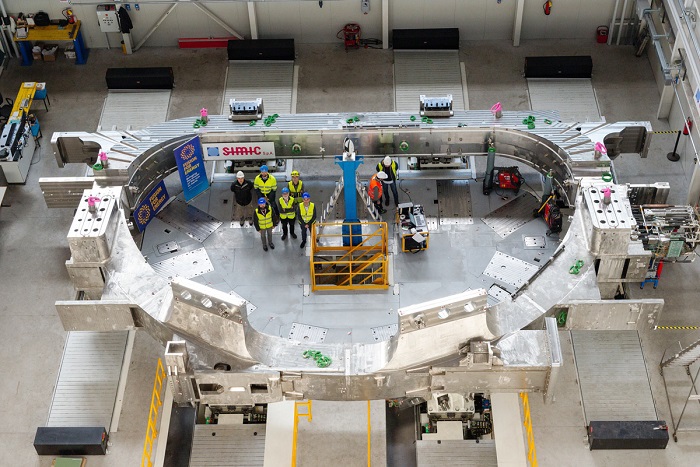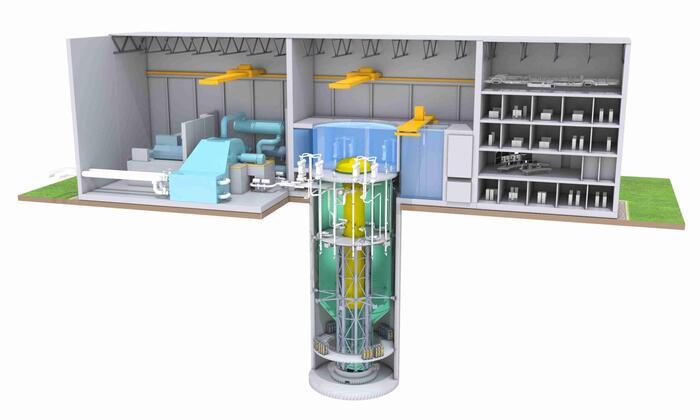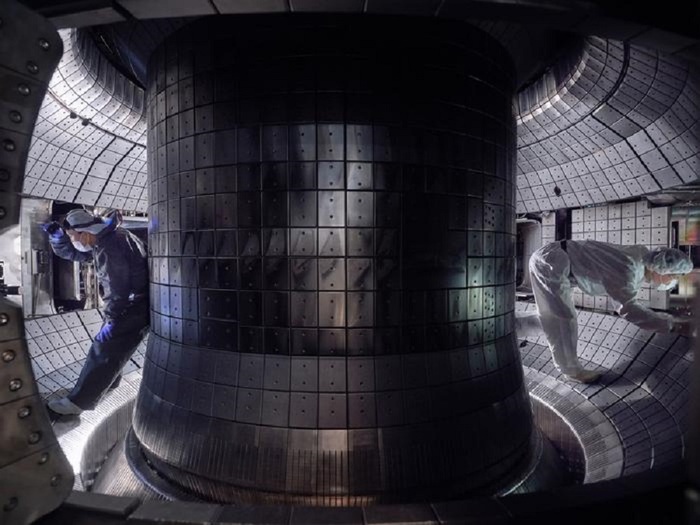The Italian supermagnete for the Iter experimental reactor, the largest international project designed to demonstrate the feasibility of nuclear fusion by imitating the processes that take place in the heart of the stars to produce clean energy, is ready to leave for France. The gigantic coil, the result of the collaboration between industry, Enea and the European Union agency F4E (Fusion for Energy), was made in the Asg Superconductors plant in La Spezia, and in November 2017 he embarked on the first stage of his journey towards Porto Marghera, where in the Simic plants it was covered with a protective steel 'armor'.
The magnet, as reported by an F4E note, will be traveling from Italy to France in mid-March. It will arrive by ship to the port of Fos-sur-Mer (Marseille), to then be transported to Cadarache, the Iter site. It will be the first of the 18 coils for the toroidal field and it will also be the first component of EU origin of this size to be delivered for the project.
The Iter reactor will use 18 of these magnets (including 10 European ones made in Italy) to isolate the super-hot plasma which will reach 150 million degrees. They will do this by creating a magnetic cage to keep the plasma away from the machine container. Once powered, they will generate a magnetic field that will go up to 11.8 Tesla, about 250,000 times the Earth's magnetic field. Each magnet measures 17 by 9 meters and weighs 320 tons, as much as an Airbus A350.
"This is an achievement resulting from 12 years of work that involved more than 700 people and at least 40 companies," says Alessandro Bonito Oliva, director of the F4E magnet program.
Iter is a great international challenge, which sees the collaboration of research centers, universities and industries from the European Union, Japan, the Russian Federation, the United States, China, South Korea and India. A total of 3,500 researchers from 140 institutes in 34 countries are estimated to be involved. The EU contributes over 50% in terms of funds and components. Italy is at the forefront, since it builds 10 of the machine's 18 superconducting magnets and the neutral beam accelerator that will allow the fusion process to start.
Iter is expected to begin operating in 2025. After at least five years of testing and data, in 2030 it could go to the real experimental phase and then to the technological demonstrator Demo. In 2050 everything could be ready to build a real fusion reactor destined to produce energy on a large scale.















